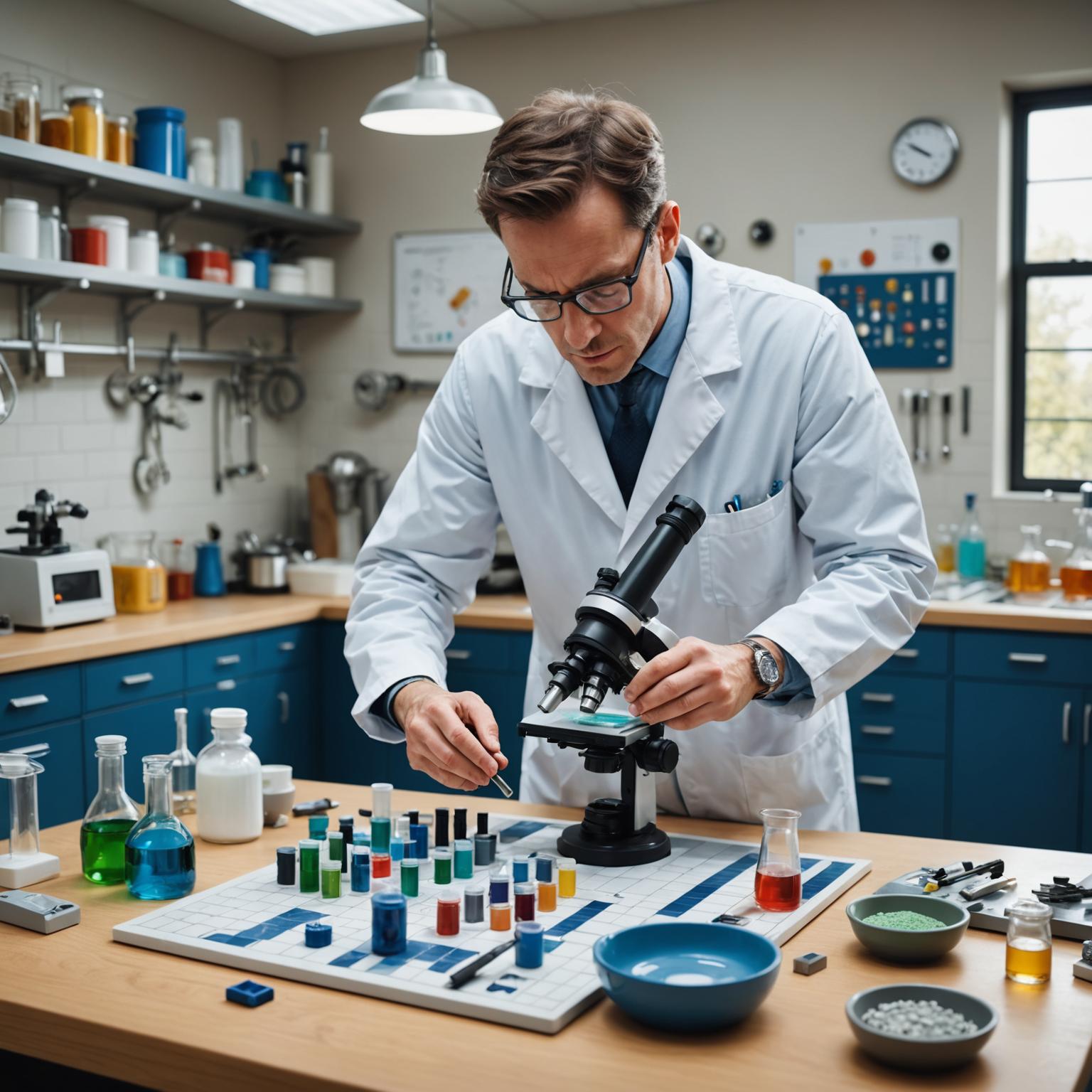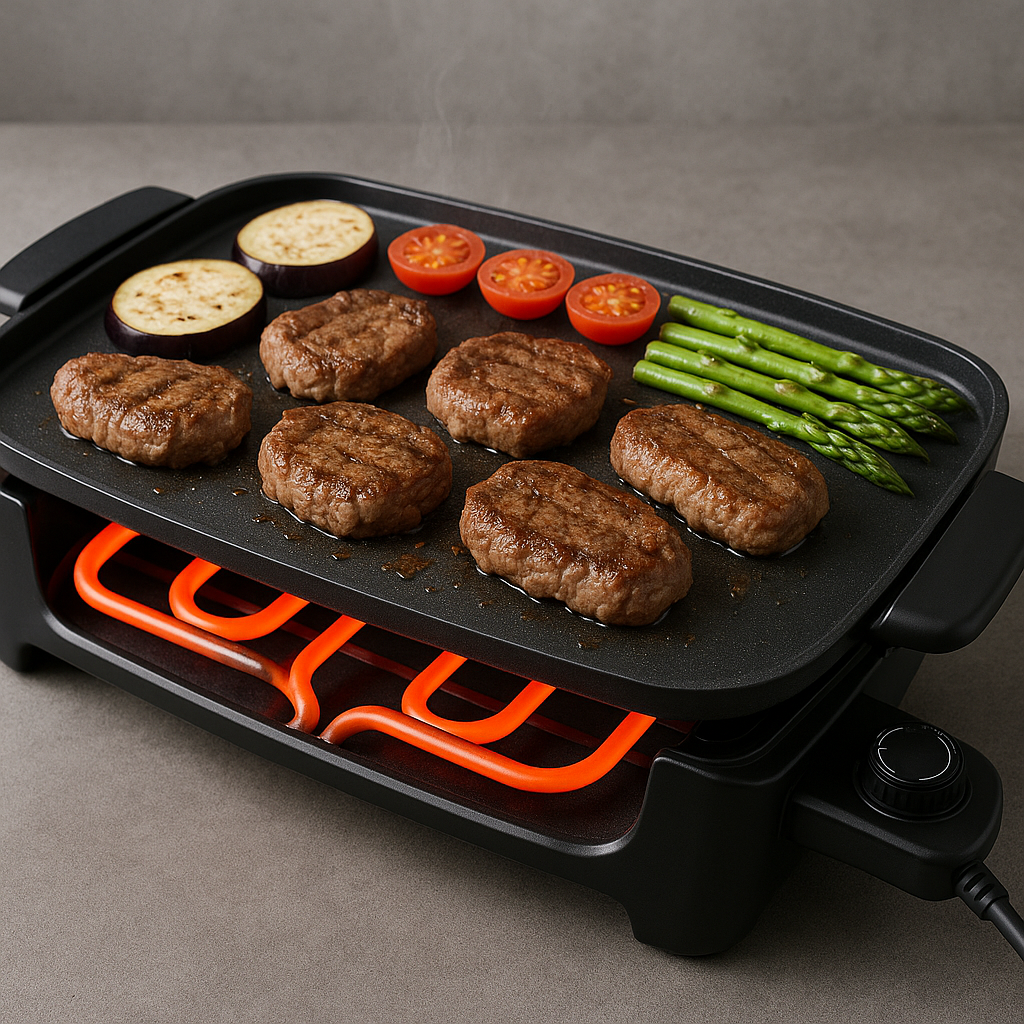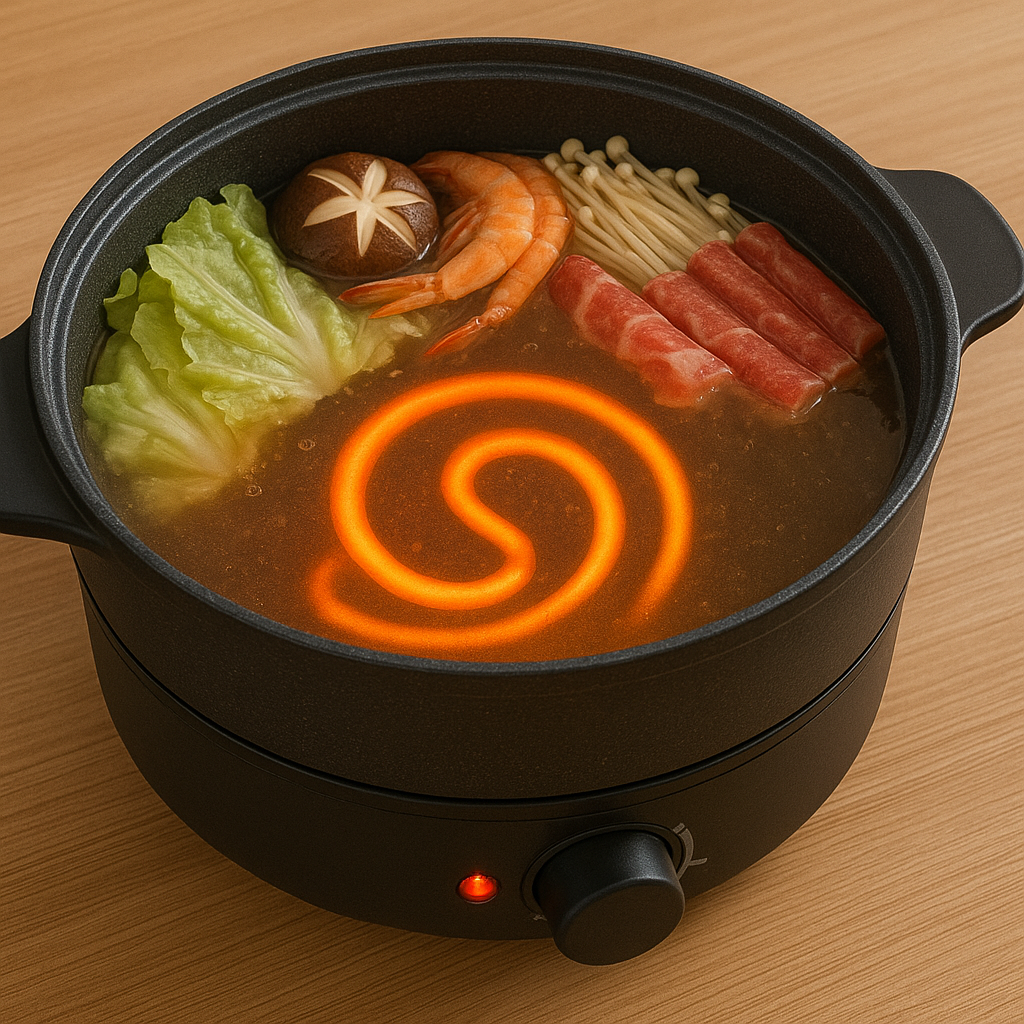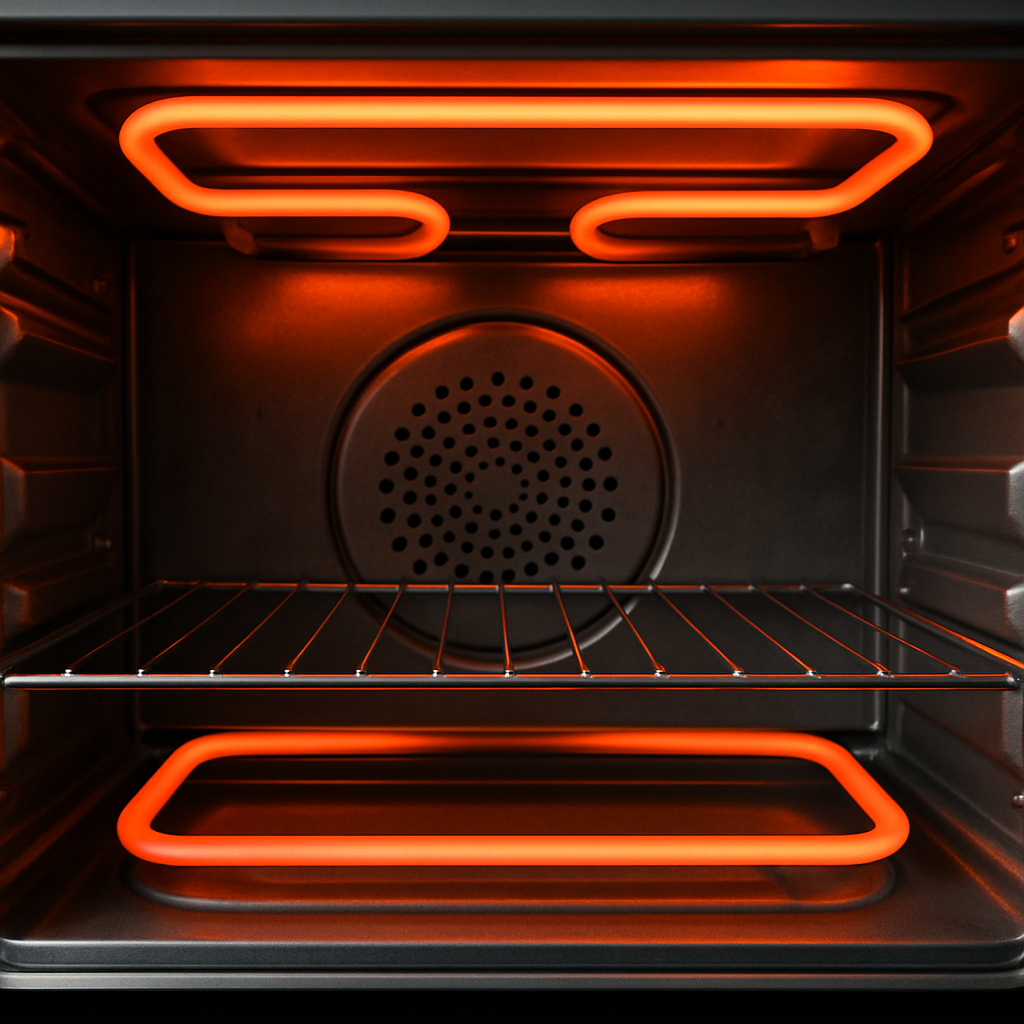Understand Ceramic Glass
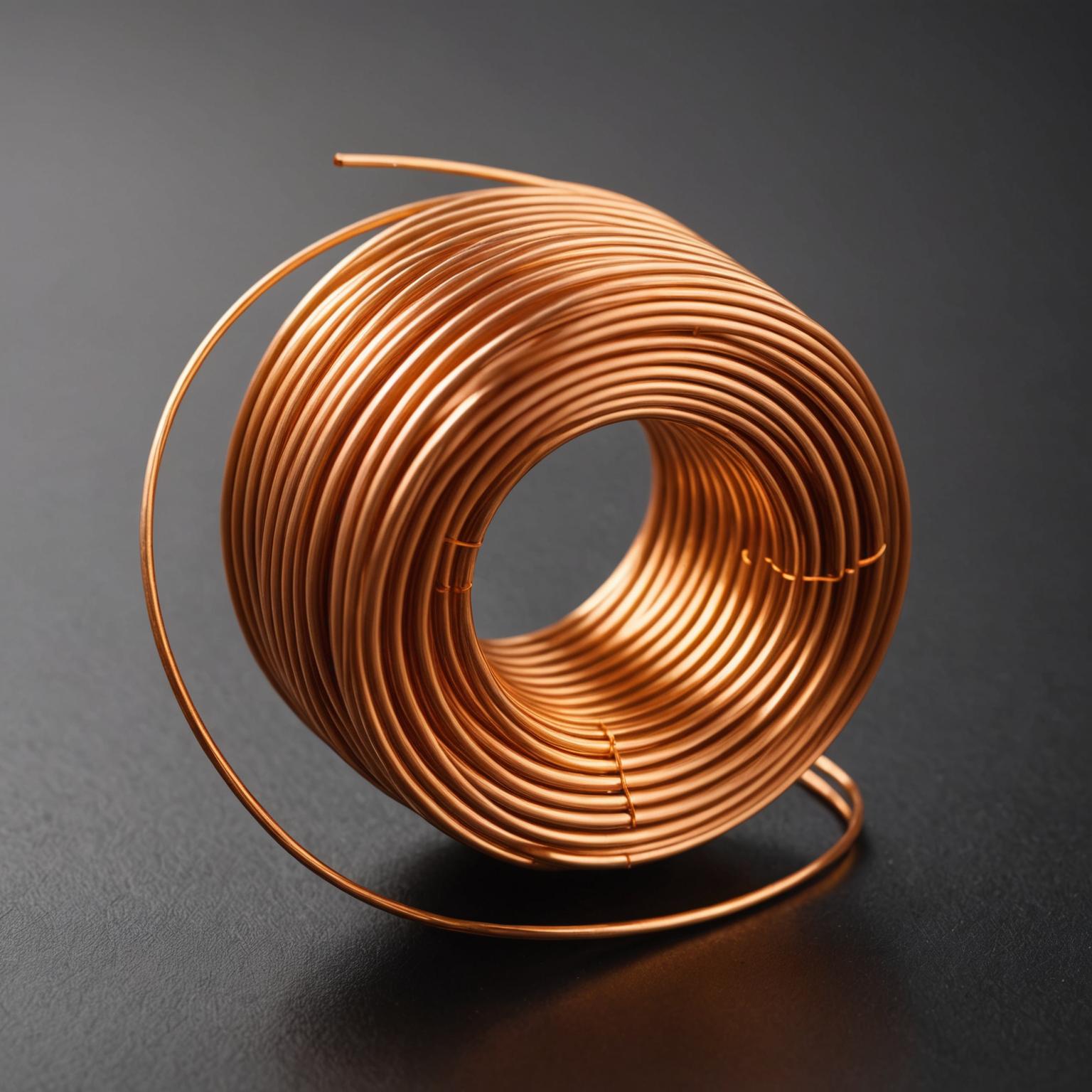
Ceramic Glass is an outstanding material that combines the best characteristics of ceramics and traditional glass. It stands out with its special ability to handle high temperature applications and its unique physical properties. Due to its impressive durability and heat resistance, this innovative material has laid the foundation for itself in various industries.
Top properties of ceramic glass
One of the most attractive aspects of ceramic glass is its properties. Unlike ordinary glass, ceramic glass has high temperature stability and can maintain structural integrity even under extremely high heat. It has resistance to thermal shock and is very suitable for environments where temperature changes suddenly. Furthermore, its unique composition makes it resistant to breakage, thus providing users with enhanced security. Comparing ceramic glass with other materials, the term “ceramic glass vs. glass” often appears, emphasizing how the high-end product performs better than traditional glass in several critical ways.
Multiple applications of ceramic glass
Ceramic glass has found its place in many applications. In the kitchen, it has a stove and fireplace door due to its ability to withstand high temperatures. It is also commonly used in scientific research equipment, providing the accuracy and strength of ordinary glass failures. In the electrical sector, high-temperature ceramic glass and other high-quality materials are precious for their heat and resistance, which is essential for modern equipment such as ring ferrite core inductors. Whether it is insulation-sensitive electronic components or providing a reliable cooking surface, ceramic glass will truly shine.
Ceramic glass manufacturing process
The process of ceramic glass manufacturing is a complex fusion of science and art. From careful selection of raw materials to controlled heat treatment, each step is designed to achieve its unique combination of properties. This precise manufacturing ensures that ceramic glass can handle the rigorous needs of high-frequency applications while maintaining its visual clarity and strength.
Engineering Synergy: Ceramic Glass and Electrical Components
A good example of how ceramic glass plays a key role in modern technology can be found in cutting-edge components such as cyclic iron ore core inductors. The circular design of the inductor, its vibrant pyrite core and glittering copper winding, reflects engineering accuracy. Such high-tech equipment finds value in power supply, RF circuitry and signal filtering, and ceramic glass provides the necessary thermal and resistance for continuous performance. Whether it is between the circuits of scientific laboratories or modern electronic devices, the synergy between ceramic glass and electrical components can drive innovation.
Ceramic glass is not only a material. It represents a leap in engineering and practicality. Whether it is debated as “ceramic glass and glass” or highlighted by its high temperature applications, the value of the material continues to resonate between the industry and technology.



